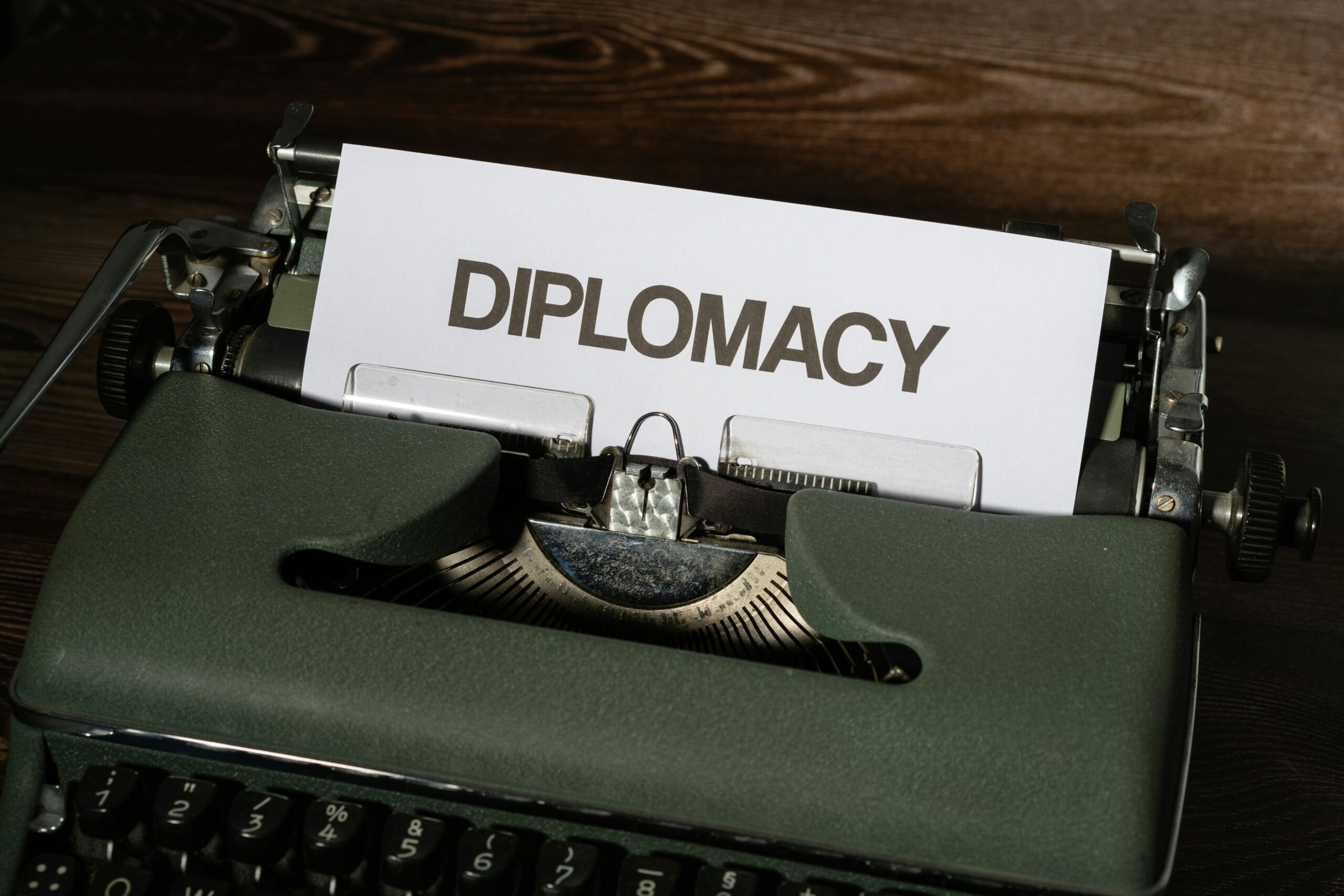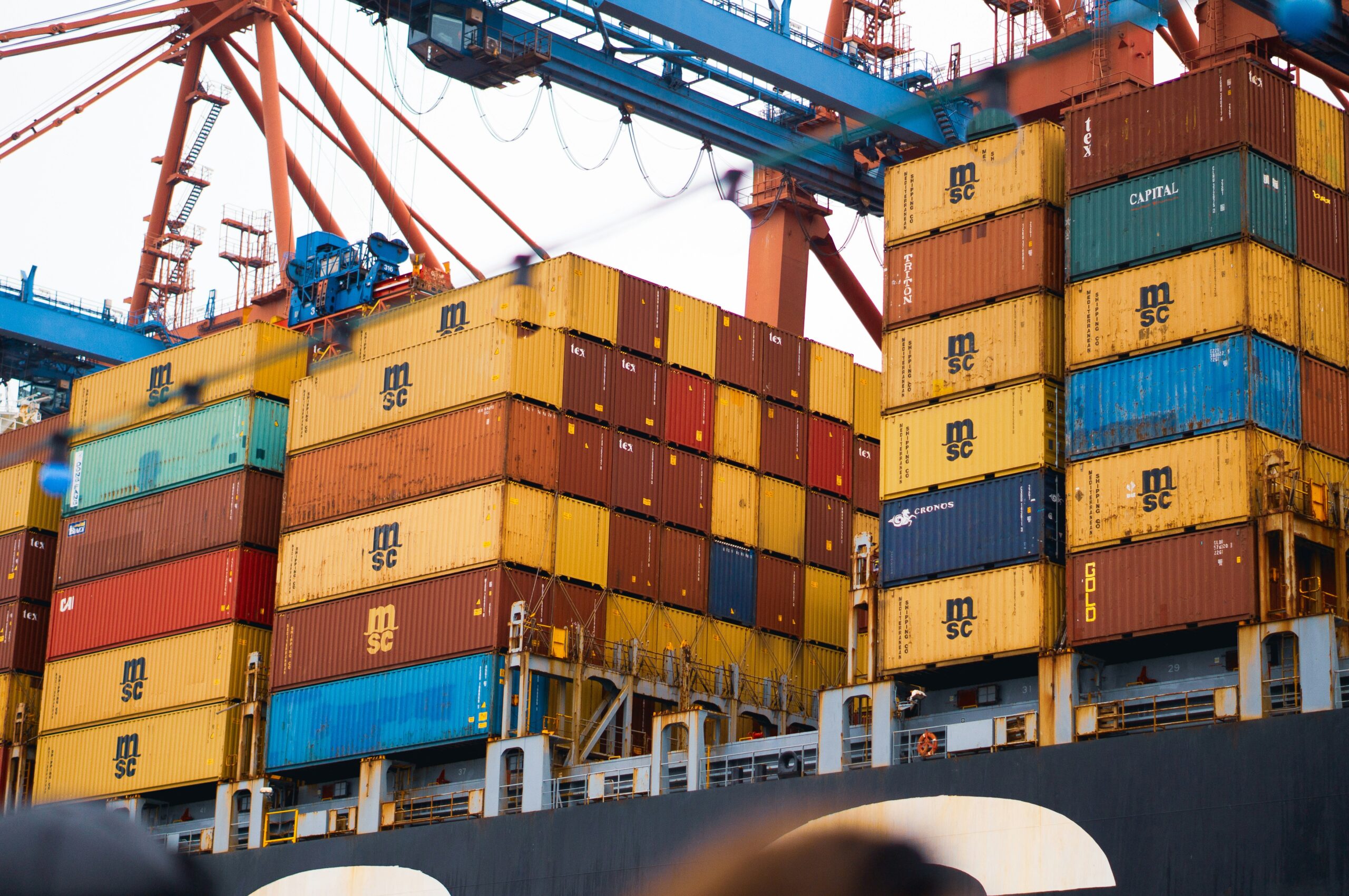A free trade area (FTA) between the European Union and the African, Caribbean, and Pacific (ACP) Group of States is planned through economic partnership agreements (EPAs). The EU’s non-reciprocal and discriminatory preferential trade agreements have been criticized repeatedly for being incompatible with WTO regulations, and these agreements are a response to that criticism. The Cotonou Agreement’s signing was when the EPAs were first established.

The Cotonou Agreement
The Cotonou Agreement, a framework agreement on trade, aid, and political cooperation, was adopted by the European Union and the ACP group in 2000. It superseded the earlier Lomé Convention and established a broad range of preferential relationships between the EU and the ACP nations regarding market access, technical aid, and other concerns. Over the next 20 years, the goal is to make it easier for the ACP countries to integrate economically and politically into a liberalized global economy. The Cotonou Agreement gives EU and ACP nations the chance to bargain for free trade agreements that prioritize economic growth, known as Economic Partnership Agreements (EPAs). The Cotonou Agreement’s primary goals of human rights, sustainable development, and development cooperation are firmly ingrained in the EPAs.
Important components of the EPAs
The main goal of EPAs is to use trade to help ACP nations experience sustainable economic growth and reduce poverty. They are fully and right away opening the EU markets to EPA nations. None of the exports by EPA partners to the European Union are subject to tariffs or duties. In addition, while enjoying lengthy transition periods, EPA partners only partially (on average 80%) open their markets to the EU. EPAs are change agents that will help jump-start reform and contribute to sound economic governance because they are specifically designed to suit regional circumstances. They assist the EPA partners of the EU in luring investment and accelerating their economic growth. The present EPAs have the following characteristics, which go well beyond just having access to EU markets:
WTO-compatible
EPAs are WTO-compliant contracts. They go above and beyond traditional free trade agreements by concentrating on the development of ACP nations while considering their socioeconomic situation. To ensure that EPA countries get the most out of the accords, they also involve cooperation and assistance (in areas like hygienic norms and standards).
An equal partnership
EPAs are long-term alliances that promote a gradual transition from aid to trade and investment as engines of growth, employment, and poverty eradication. They imply duties and responsibilities for both EU and ACP nations.
Free market entry into the EU
EPAs provide duty- and quota-free access to the EU market for all items in limitless quantities (except for arms).
Adaptable standards of origin
Additionally, EPAs have flexible rules of origin that allow exporters in EPA countries to obtain the materials they require from outside sources without losing their unrestricted access to the EU.
Improved access to EPA markets beyond the EU for EU products
Through a partial liberalization process with long transition periods and safeguards that can be activated if a spike in EU goods imports disrupts local markets.
Boosting competition and encouraging industrialization
By reducing their reliance on commodities and increasing their reliance on higher-value goods and services, EPAs assist ACP nations in their efforts to create new industries and diversify their economies.
Drawing in investment
Through the provision of clarity regarding the trade regulations governing imports and exports from the EU, EPAs help to create a stable and favorable investment environment. This encourages foreign investors to start businesses in a particular nation.
The promotion of regional integration
By connecting local markets in bigger EPA regions that were created by the ACP members themselves, EPAs seeks to support regional economic integration.
Aid for trade
The development assistance and trade policies of the EU complement one another. The European Union assists partner nations in planning and implementing regional and bilateral trade through its Aid for Trade initiative. Aid for Trade improves the ability of ACP nations to implement trade policies and fosters private sector growth by providing access to capital, human capital, services, infrastructure, and other resources that enable SMEs to compete in international markets.
Benefiting countries
In total, 32 ACP nations are now adopting EPAs in seven areas.:
Central Africa – Cameroon
Comoros, Madagascar, Mauritius, Seychelles, and Zimbabwe make up Eastern and Southern Africa (ESA). Here you’ll find the agreement with clauses.
East African Community
The Southern African Development Community (SADC) is comprised of Botswana, Eswatini, Lesotho, Mozambique, Namibia, and South Africa.
West Africa – Côte d’Ivoire and Ghana
The Caribbean consists of Antigua and Barbuda, the Bahamas, Barbados, Belize, Dominica, the Dominican Republic, Grenada, Guyana, Jamaica, St. Lucia, St. Vincent, St. Kitts, and Nevis, Suriname, and Trinidad and Tobago.
Pacific consists of Fiji, Papua New Guinea, Samoa, and the Solomon Islands.
While the EU Member States, 15 of the 16 West African countries, and 2 of the 5 EAC countries have signed these regional EPAs, two African regions—West Africa and the East African Community (EAC)—have not yet completed their signature procedures.



